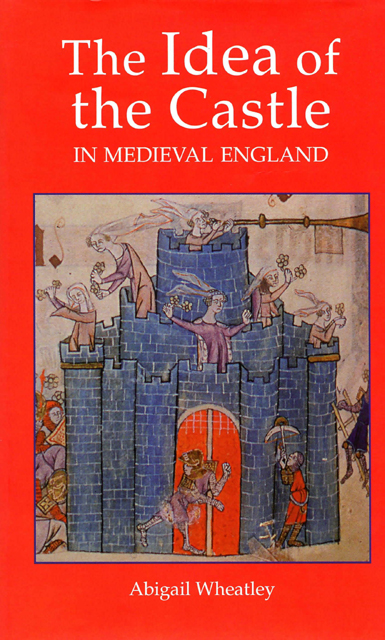Summary
The aim of this book has been to establish the medieval castle as a meaningful architecture, involved in a sophisticated series of ideological relationships with its cultural context. I have set out to trace the architectural iconography of the castle through references in visual and textual sources, and to retrace this iconography back to the physical architecture of the medieval buildings themselves. The conclusions presented here summarize those reached in each chapter of this book, but also point to wider implications and further possibilities for research.
Linguistic analysis shows that many modern definitions of the medieval castle do not match the understanding of the word and concept in medieval use. The castle was not perceived in medieval England as an essentially feudal, private form of architecture imported by the Normans, as historians so often see it now. The word castle seems to have indicated a defensive enclosure of a much more general kind, applicable to urban fortifications, small houses and ecclesiastical foundations as well as the private defences with which the word is exclusively associated in modern use. The castle also had important historical connotations for medieval readers, via the Latin word castellum which appears in Biblical and Classical writings. The principles of historical linguistics suggest that a medieval reader would have understood this word in accordance with the general medieval meaning of castle words. It follows that castles of the medieval type were believed to have existed in important ancient contexts long before the introduction of the form to Britain around the Norman Conquest.
This linguistic reappraisal of the medieval castle has far-reaching implications which can be traced in depictions of castles in medieval art and literature and in the architecture of medieval castle buildings themselves. Through civic imagery on seals and in city descriptions and foundation legends, and in the spatial arrangement of city and castle defences, the urban castle became an important component in the imagery of the city. It was appropriated to represent both the harmony of the ideal city and the social and political tensions of everyday urban experience. These qualities could be expressed in visual and textual depictions, but they could also be built into the fabric of cities in the harmony of their spatial layout, or taken away from cities when these boundaries and hierarchies were disrupted by conflict.
- Type
- Chapter
- Information
- The Idea of the Castle in Medieval England , pp. 146 - 150Publisher: Boydell & BrewerPrint publication year: 2004



